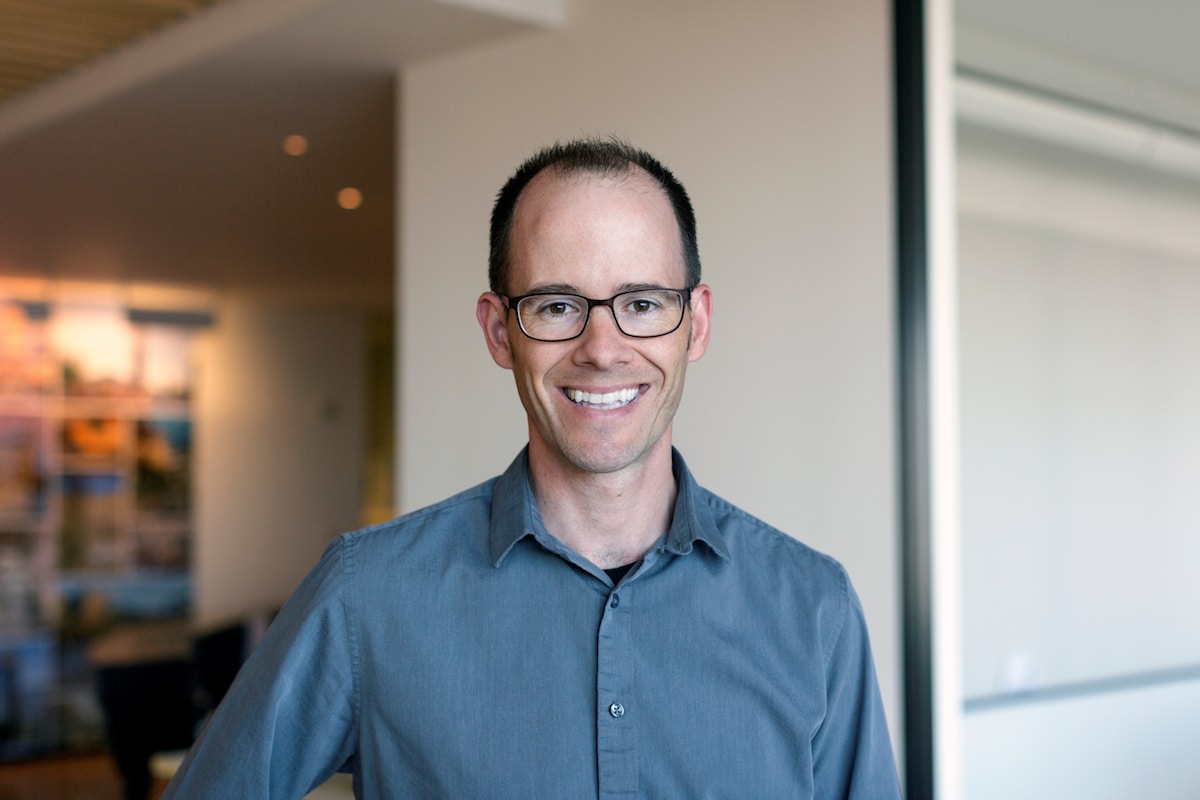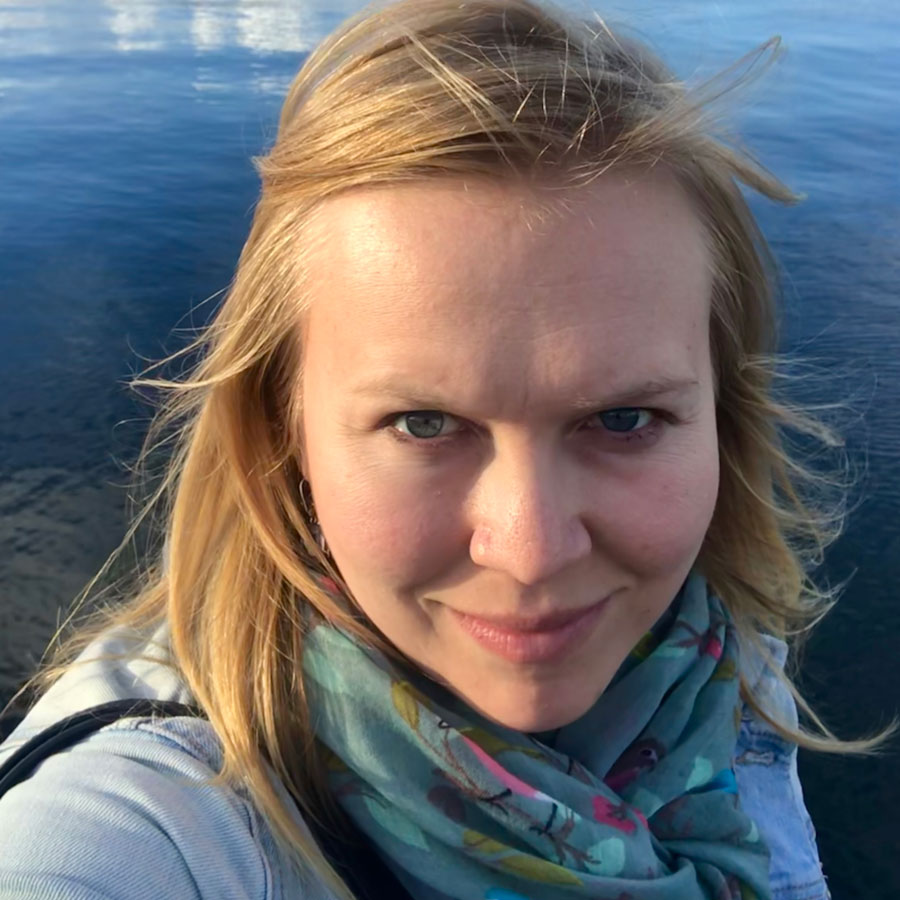
Marty Brennan discusses circadian lighting, biophilia, and daylighting. [Photo: Courtesy of Marty Brennan]
“For optimal health, people need their circadian rhythms to reset every day. In the morning you need a dose of blue light, and as the day wears on, the light should become more of a redder hue.”
Project architect and daylighting specialist, ZGF Architects, Seattle
Consider how we evolved. For the vast majority of human history, people depended on the sun to shape the rhythm of their days. We didn’t deviate far from this cycle until the development of modern lighting systems just a century ago—a blink of an eye in evolutionary time. “From an evolutionary standpoint, we evolved outside,” says Marty Brennan, an architect and expert on daylighting at ZGF Architects—and so it makes sense that our physiology is attuned to these natural cycles of light and darkness. At a cellular level, our circadian rhythms need to be in sync with our environment, as a growing body of research by Brennan and others is demonstrating.
Never stop exploring. Brennan’s work leads him into various disciplines, from history to anatomy to design to behavioral health. He first began researching circadian lighting at the University of Washington, where he “fell in love with daylight.” He became fascinated by the idea of simulating and quantifying it in order to give designers the tools they need to create healthy spaces. For optimal health, people need their circadian rhythms to reset every day, and daylight is essential to that process. It starts in the morning, Brennan says. That’s when you need a hefty dose of blue light to advance your circadian clock. As the day wears on, the light should soften and become more of a redder hue—think of the warm light of a fireplace. In the hours before bed, exposure to blue light can be disruptive, as it blocks the secretion of the hormone melatonin, which makes you feel drowsy.
Credit those who came before us. Brennan often reflects on how we built our schools and workplaces 100 years ago. Before the advent of modern HVAC, architects relied on time-tested practices like tall ceilings and windows to allow in natural light and ventilation. In many ways, they knew a lot more about what humans needed then, he says, simply through observation: plenty of daylight to feel refreshed, awake, and productive.

The Swedish Medical Center-Ballard’s Medical Behavioral Health Unit lacked daylight, so ZGF utilized tunable LED lighting. [Photo: Benjamin Benschneider Photography]
Rely on nature to help us heal. Brennan’s team put their knowledge into practice in a lighting project at Swedish Medical Center-Ballard’s Medical Behavioral Health Unit in Seattle. The leaders at the 22-bed unit, which offers mental health programs, knew they wanted to incorporate biophilic elements in the space. Brennan says they approached the project with a central question: “How can we design a behavioral health ward by nature that’s more relaxing and more conducive to healing?” Given the space’s lack of daylight, they turned to the next best thing, Brennan says: tunable LED lighting. Each day, the lighting gradually gets brighter as noon approaches, when the ward features bright blue light. It winds down throughout toward sunset, when the light becomes dimmer and warmer. In addition to giving patients a sense of a daily routine and connection to the natural world, the installation saves energy. A report by the Department of Energy’s Pacific Northwest National Laboratory found that the dimming provided by this system reduced annual energy use by an estimated 41%.
Buy-in is essential. A growing awareness of biophilia means some clients come to ZGF knowing they want a circadian-based solution, Brennan says. Others aren’t familiar with the concept, so he educates them on the benefits of integrating elements of the natural world into the space. “You need every person onboard,” Brennan says, from executives to contractors to maintenance staff. Tunable LEDs are more complicated than traditional light bulbs, since the whole system needs to dimmed and adjusted in harmony. It’s a learning curve, but one that can be eased by mocking up a diagram of the system.
The sky’s the limit for real-world applications. Circadian lighting is now being used on the International Space Station to boost astronauts’ alertness and performance. In 2016 NASA replaced the old fluorescent bulbs with LEDs that can be adjusted in both brightness and intensity to help reset the astronauts’ circadian rhythms—an effort aiming to reduce fatigue-induced accidents and improve their sleep. Back on Earth, the Seattle Mariners are deploying the same technique in their locker room in the hopes of combatting jet lag and boosting the players’ energy before they hit the diamond. After the game, it shifts to a warm light to help them relax. One cheeky twist? The away team’s locker room has none of these benefits, Brennan says.

